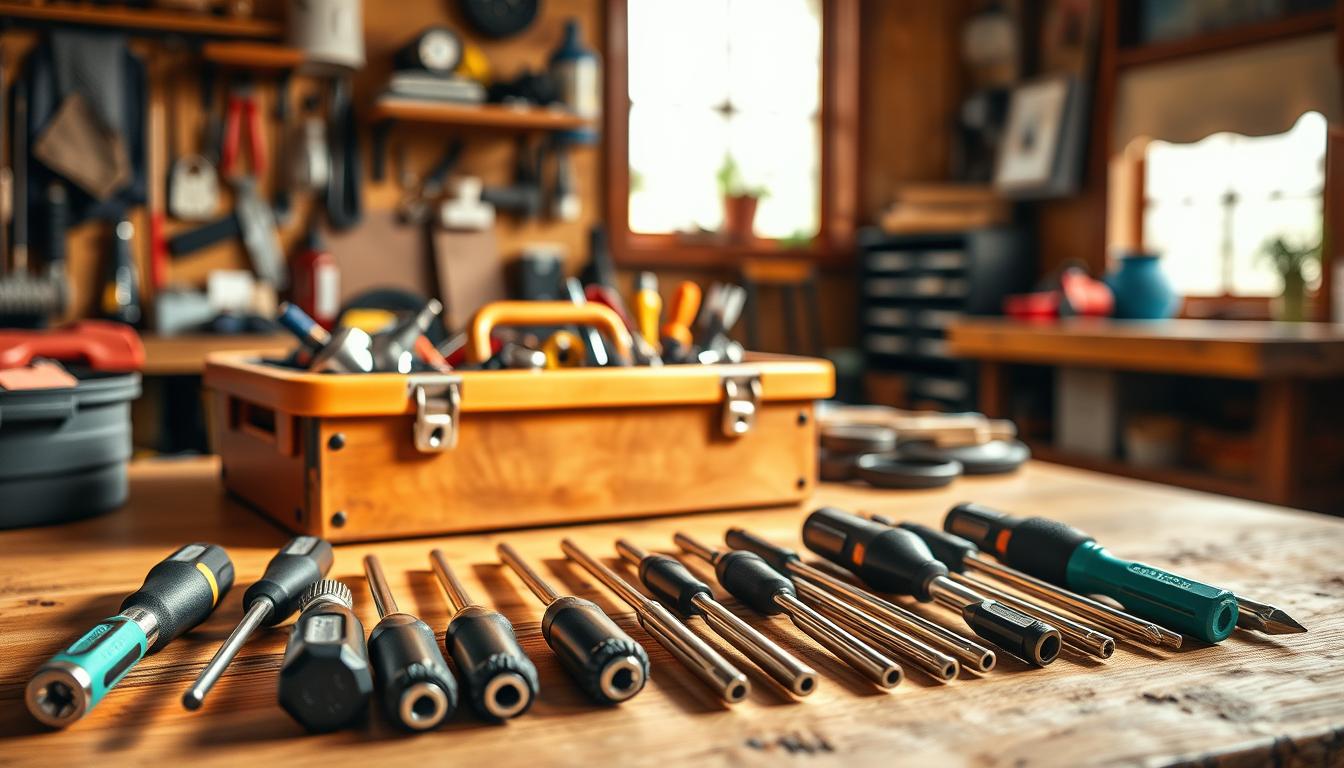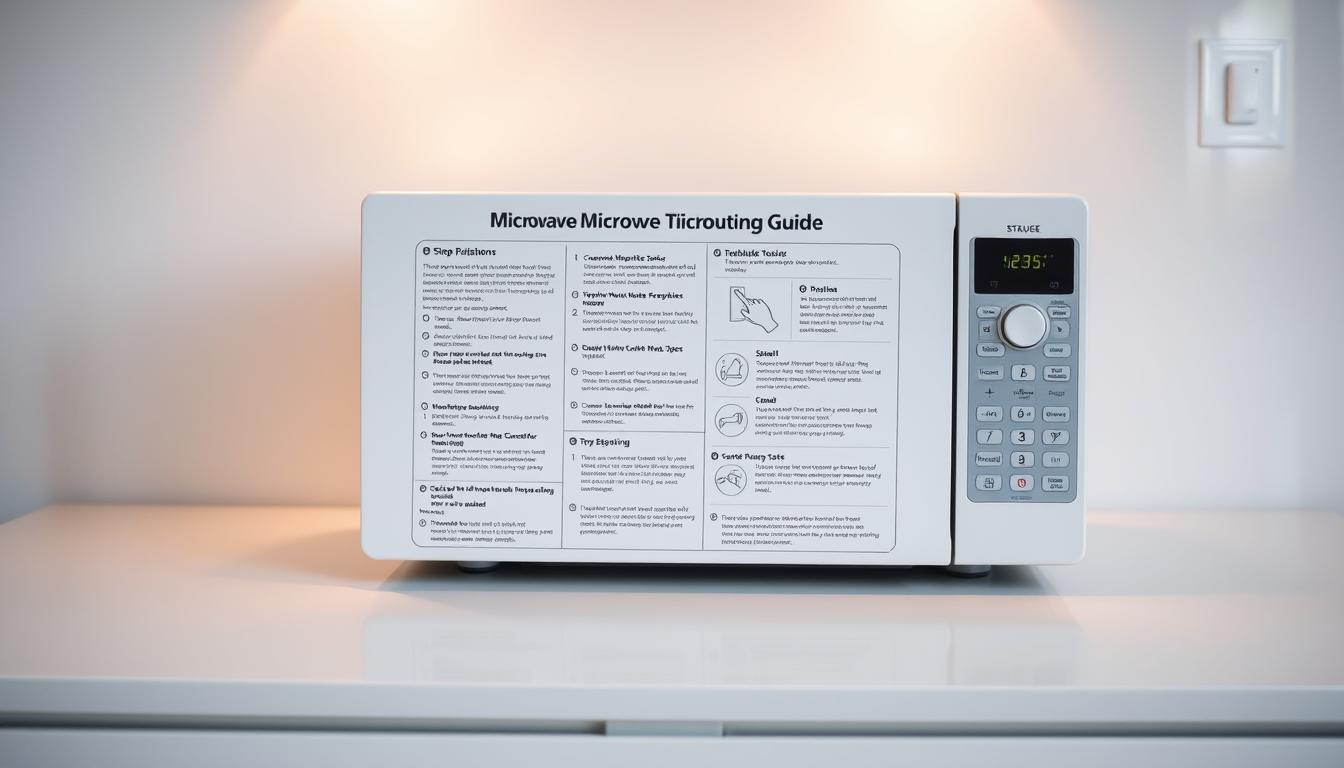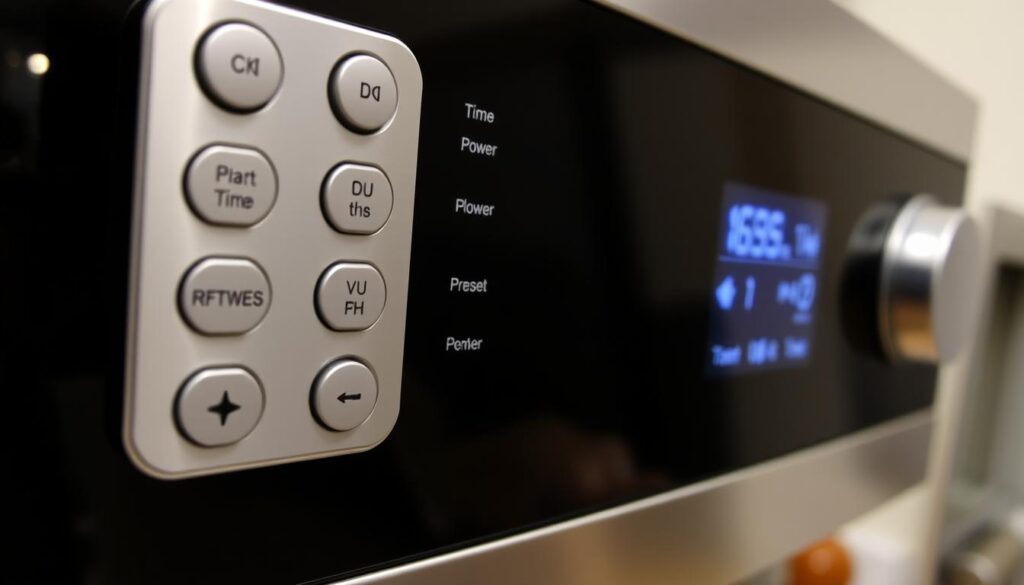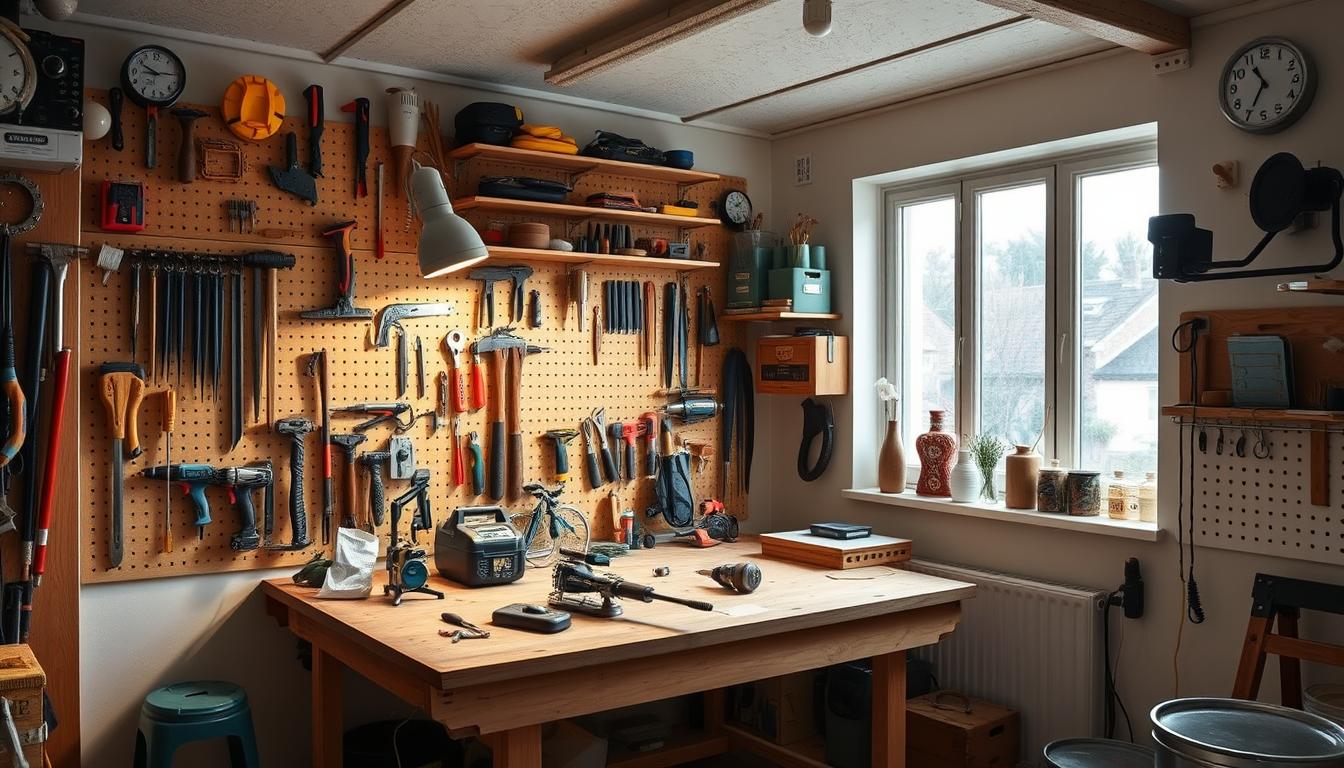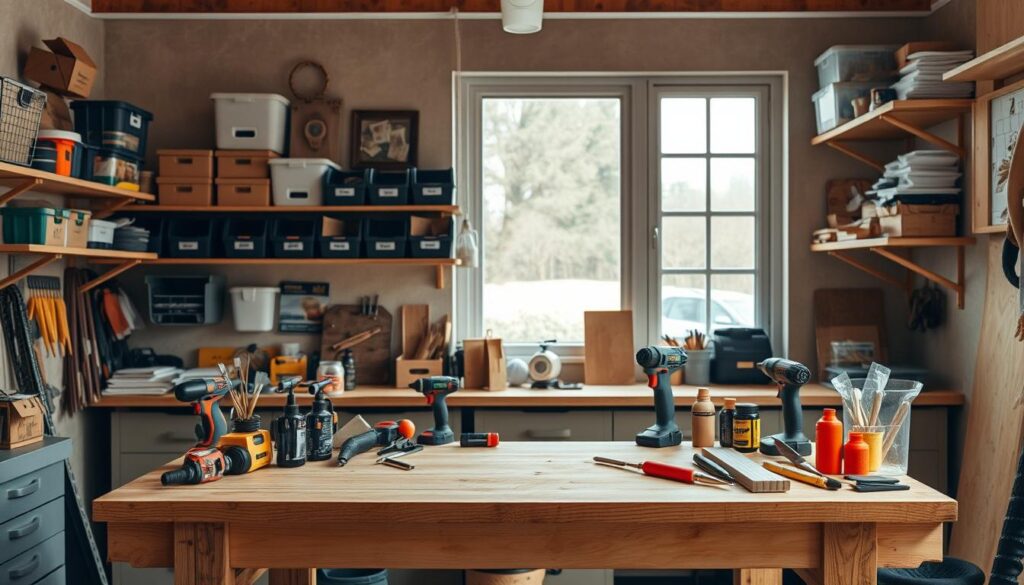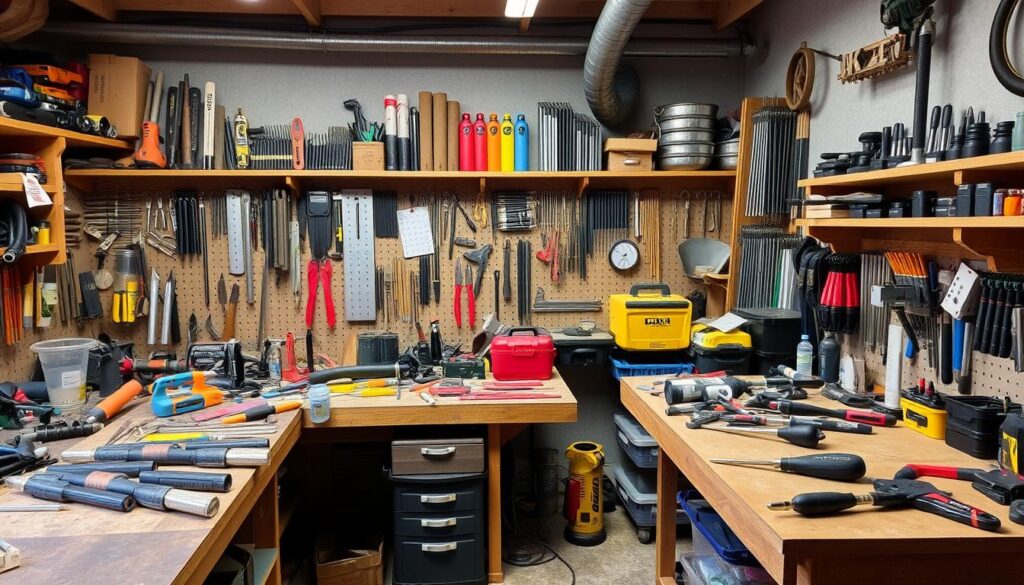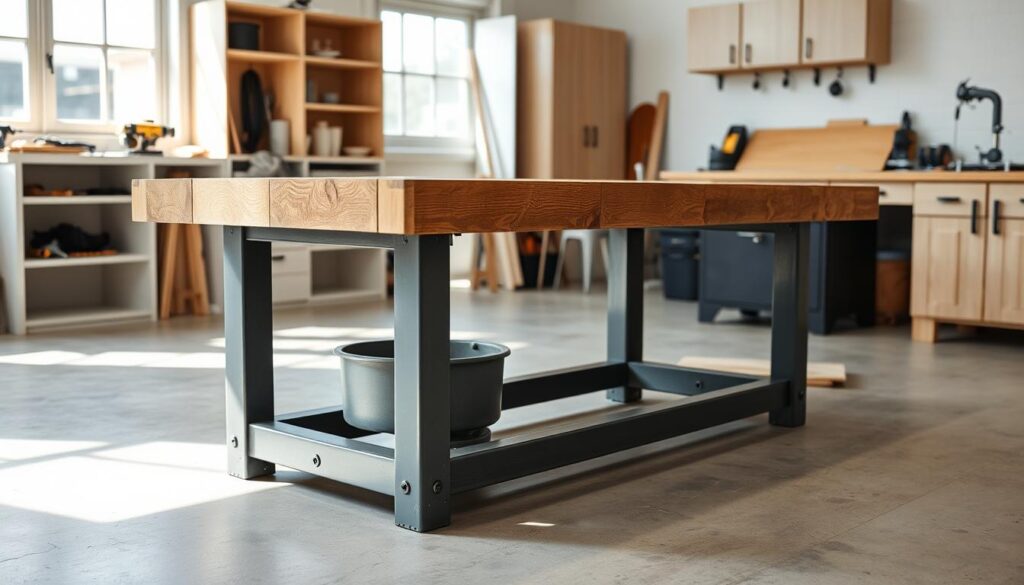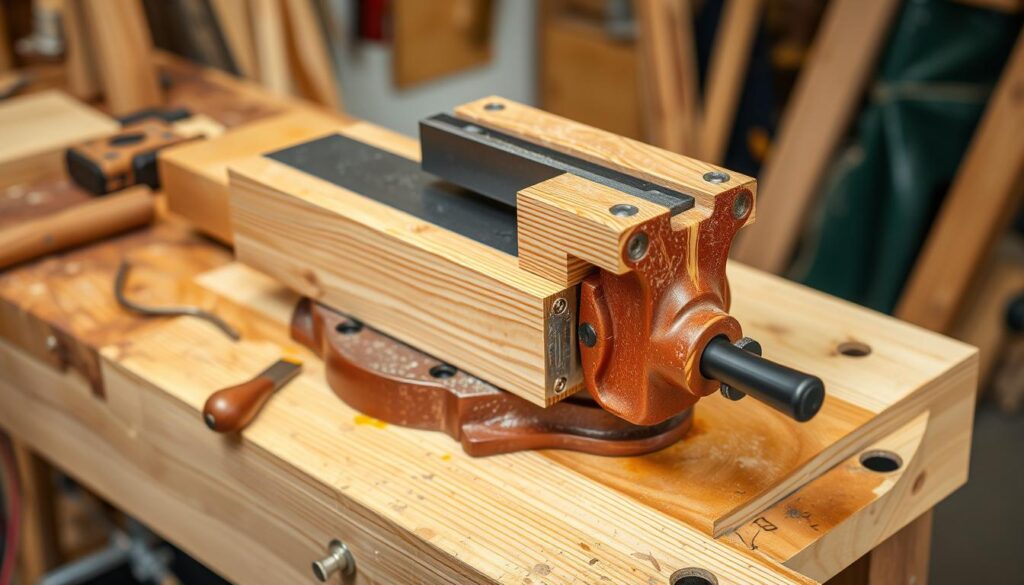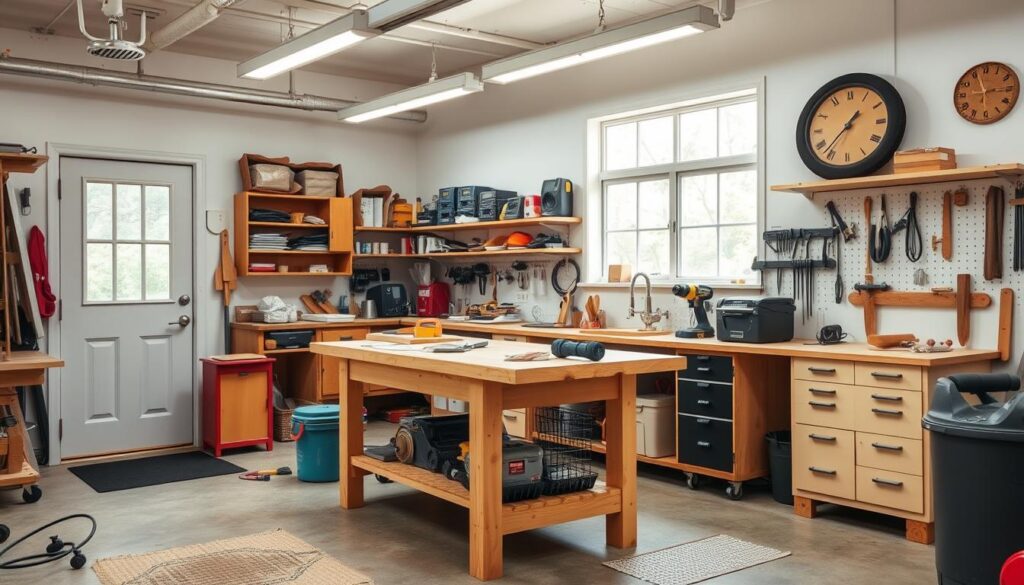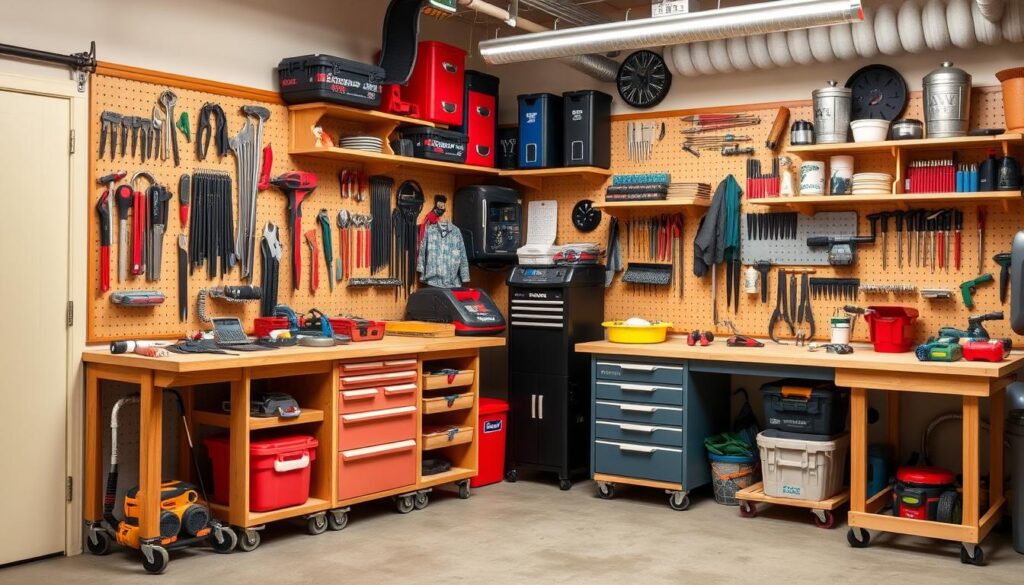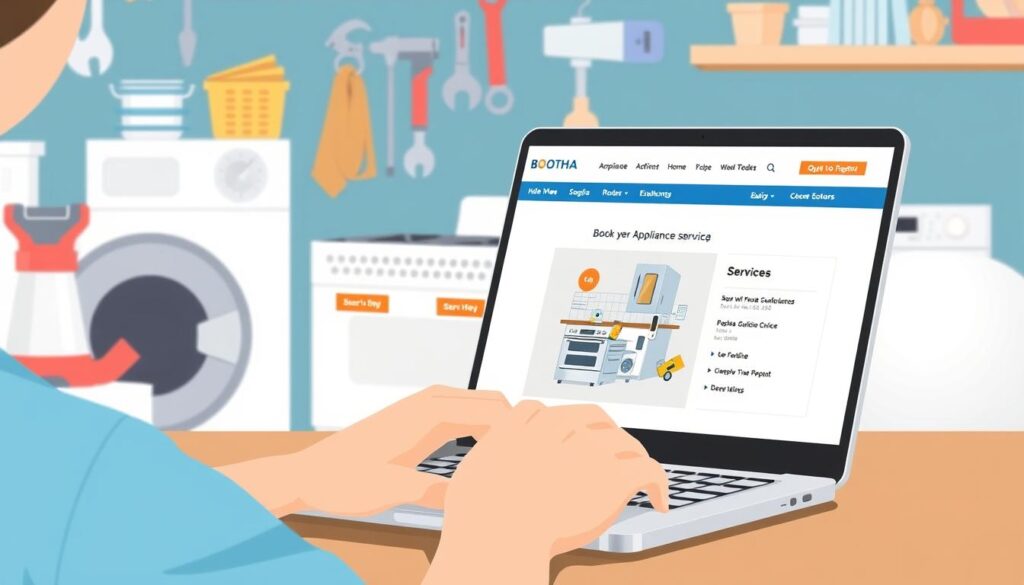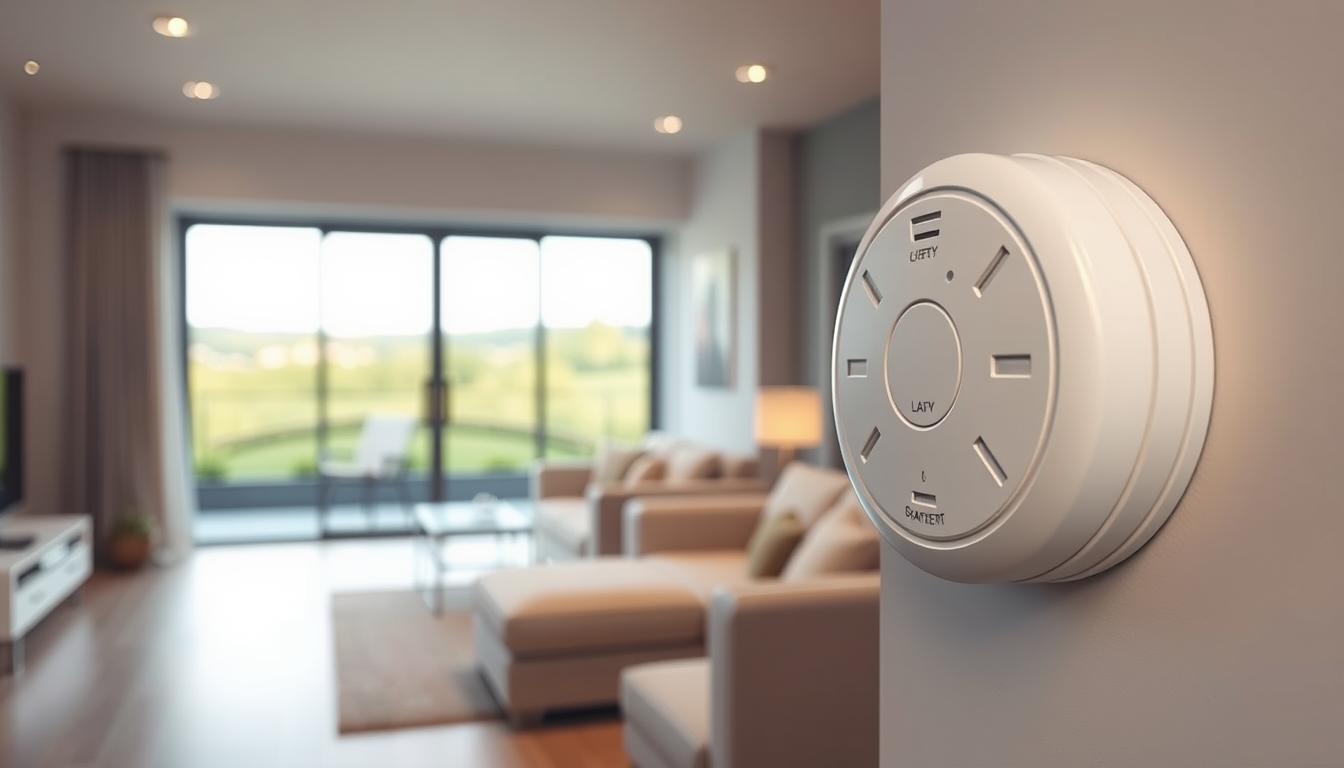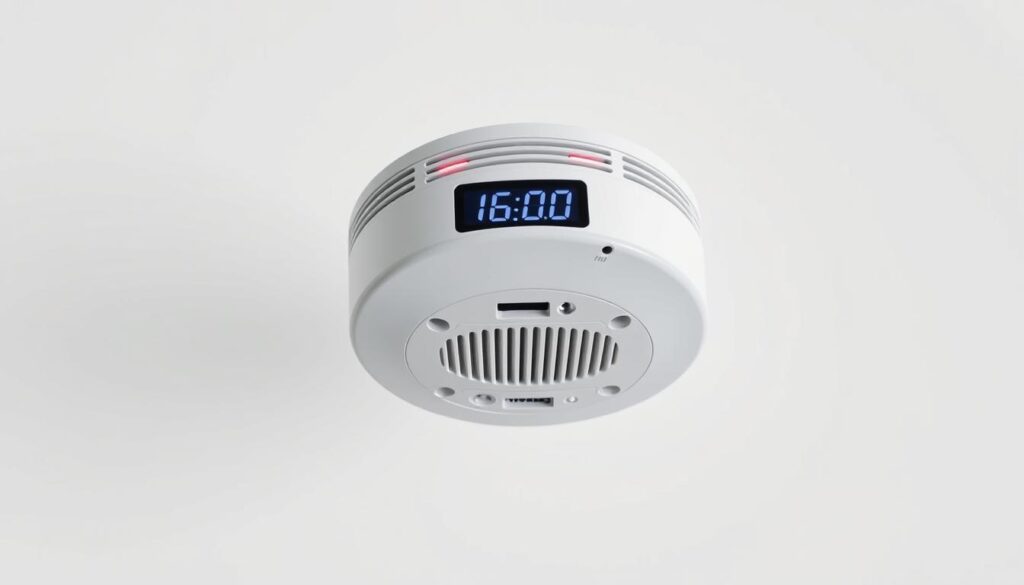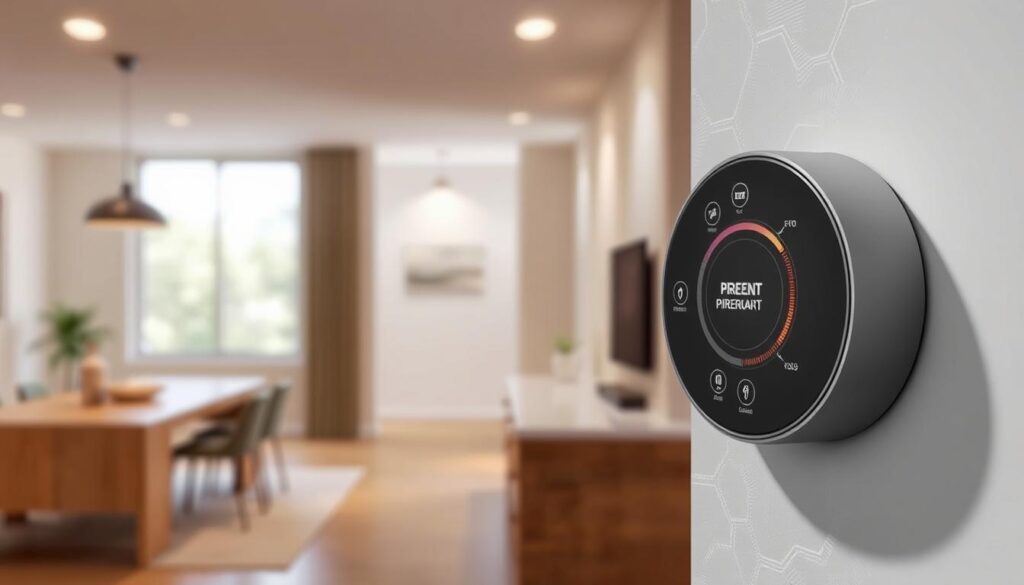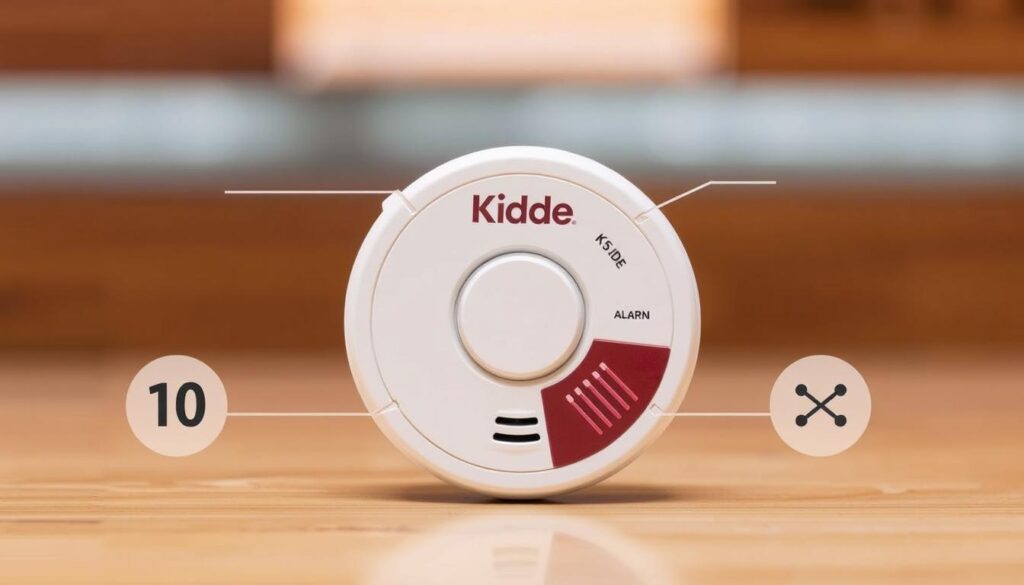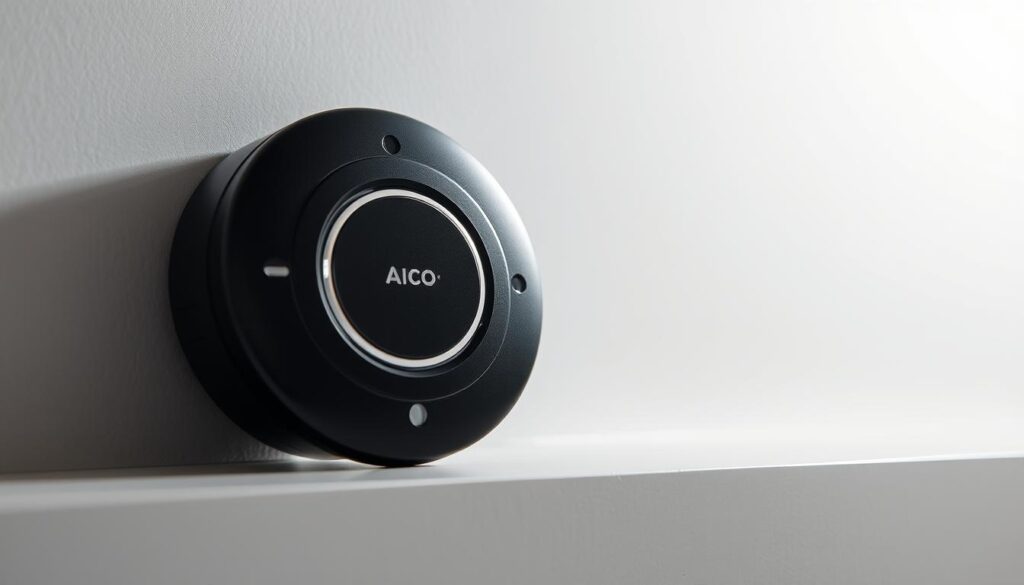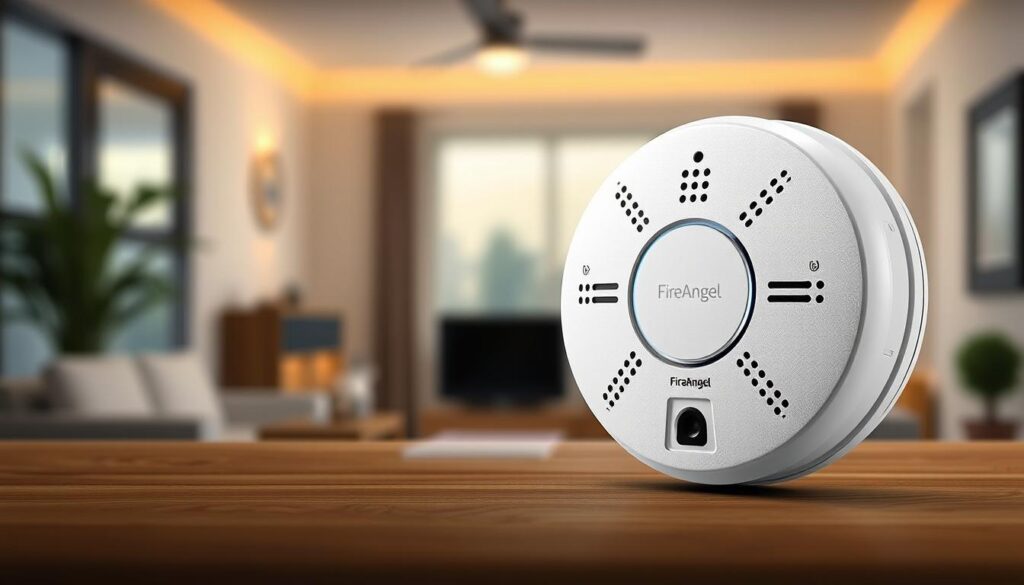A screwdriver is an indispensable tool in every homeowner’s arsenal, playing a vital role in various DIY projects, electrical work, and plumbing tasks.
With numerous options available, selecting the best screwdriver for your needs can be a daunting task. The right screwdriver can significantly impact your efficiency and results, making it essential to understand what makes a quality tool.
Whether you’re a DIY enthusiast or a professional tradesperson, having the right screwdriver in your toolkit is crucial for completing projects successfully in your home.
Key Takeaways
- Understanding the different types of screwdrivers and their specific uses is vital.
- Choosing a quality screwdriver can significantly impact your work efficiency.
- The right screwdriver can make a difference in completing home projects successfully.
- Consider the specific needs of your project when selecting a screwdriver.
- A good screwdriver is an investment for any homeowner or tradesperson.
Understanding the Importance of Quality Screwdrivers
Quality screwdrivers are a cornerstone of effective home maintenance. Whether you’re hanging a picture or repairing furniture, the right screwdriver can make all the difference in the outcome of your task.
Investing in a quality screwdriver pays dividends in several ways. Not only do they offer improved performance, but they also provide greater comfort during use and a significantly longer lifespan compared to their cheaper counterparts.
The Role of Screwdrivers in Home Maintenance
Screwdrivers are among the most frequently used tools in any homeowner’s arsenal. They are essential for a wide range of tasks, from simple repairs to complex projects. A quality screwdriver ensures that these tasks are completed efficiently and effectively.
| Task | Importance of Quality Screwdriver |
|---|---|
| Simple Repairs | Prevents damage to screws and surrounding material |
| Complex Projects | Ensures precision and reliability |
Why Investing in Quality Tools Matters
Premium screwdrivers feature hardened steel tips that maintain their shape even after extensive use. This prevents slippage, which can lead to damaged screws and potentially injured hands. Moreover, quality tools typically offer ergonomic handles that reduce hand fatigue during extended use.
“A good tool is like a good friend; it makes the job easier and gets the job done right.”
The initial higher cost of professional-grade screwdrivers is offset by their durability, often lasting decades rather than requiring frequent replacement. This makes them a valuable investment for any home. Superior screwdrivers also provide better torque transfer, making difficult tasks easier and reducing the likelihood of damaging valuable home fixtures or furniture.
Types of Screwdrivers Every UK Homeowner Should Know
For UK homeowners, knowing the different types of screwdrivers can make a significant difference in home maintenance. Having the right tool for the job not only makes tasks easier but also ensures that projects are completed efficiently and safely.
Standard Screwdrivers: Slotted and Phillips
Standard screwdrivers are the most commonly used tools in any homeowner’s toolkit. The two primary types are slotted (flathead) and Phillips. Slotted screwdrivers are used for screws with a single slot, while Phillips screwdrivers are designed for screws with a cross-shaped slot, providing better torque and reducing the likelihood of slippage.
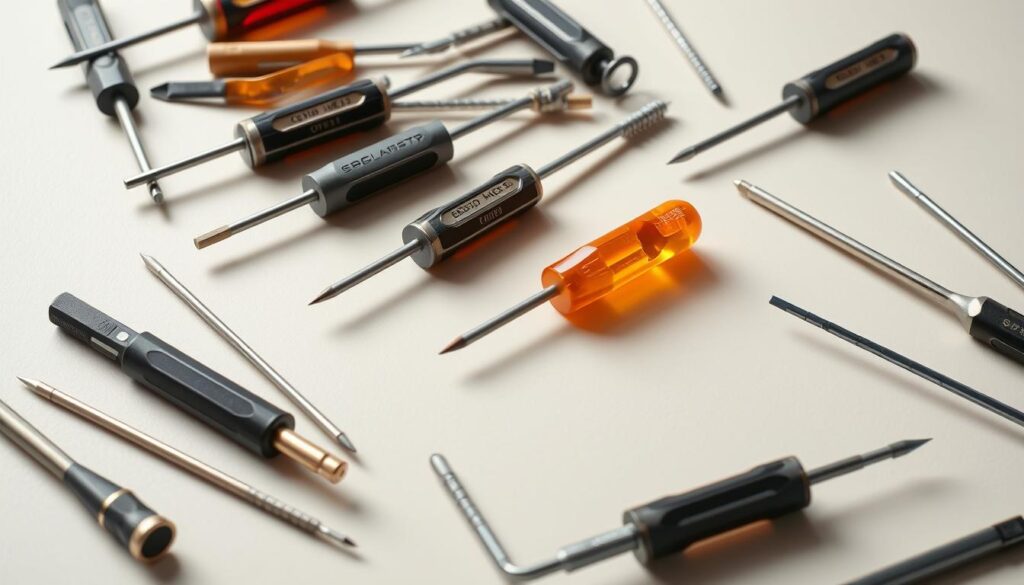
Precision Screwdrivers for Detailed Work
Precision screwdrivers are essential for detailed work, such as electronics repair or working with small appliances. These screwdrivers typically have finer tips and are designed to handle smaller screws, reducing the risk of damage to delicate components.
Speciality Screwdrivers: Torx, Hex and Square Drive
Speciality screwdrivers, including Torx, Hex (or Allen), and Square Drive, are designed for specific tasks. Torx screwdrivers are used in electronics and appliances, offering superior grip and torque transfer. Hex screwdrivers are essential for assembling flat-pack furniture and bicycles. Square Drive screwdrivers prevent slippage and cam-out, making them ideal for power tool use.
| Screwdriver Type | Common Use | Key Feature |
|---|---|---|
| Torx | Electronics, Appliances | Six-pointed star-shaped head |
| Hex (Allen) | Flat-pack furniture, Bicycles | Hexagonal head |
| Square Drive (Robertson) | Power tool use, Heavy-duty projects | Square-shaped recess |
Having a set of these speciality screwdrivers can greatly enhance your ability to tackle various projects around the home. Many of these are available as individual screwdrivers or as bits for multi-bit systems, offering flexibility for different project needs.
Key Features to Consider When Buying Screwdrivers
A well-chosen screwdriver can be a valuable addition to your toolkit, provided you know what features to look for. When you’re in the market for a new screwdriver, several factors can enhance your experience and productivity.
Handle Design and Ergonomics
The handle design and ergonomics of a screwdriver play a crucial role in comfort and control. A well-designed handle provides a secure grip, reducing the likelihood of slippage during use. Look for handles with ergonomic contours that fit comfortably in your hand, allowing for precise control and reduced fatigue during prolonged tasks.
Blade Quality and Durability
The quality of the blade or shaft is paramount for the longevity and effectiveness of the screwdriver. High-quality materials and manufacturing processes ensure that the screwdriver tip remains durable and resistant to wear. A robust shaft can withstand the rigors of frequent use, maintaining its integrity over time.
Magnetised Tips and Other Useful Features
Some screwdrivers come with magnetised tips, which are invaluable for retrieving dropped screws and holding fasteners in place when working in awkward positions. Other useful features include built-in storage compartments in the handle for spare bits, transparent handles for easy identification, impact-resistant end caps, and colour-coded handles for quick identification of different types and sizes.
- Magnetised tips help in managing small parts.
- Some handles feature storage for spare bits.
- Transparent handles aid in quick identification.
- Impact-resistant end caps protect the handle.
- Colour-coded handles save time during complex projects.
Top Screwdrivers for General Home Use
When it comes to home maintenance, having the right screwdrivers is crucial. A good screwdriver set can help you tackle various tasks around the house, from hanging pictures to repairing furniture.
Wurth Zebra Screwdrivers Set
The Wurth Zebra Screwdrivers Set is a high-quality option for homeowners. This set offers excellent durability and versatility, making it suitable for a wide range of tasks. With its ergonomic design, you can work comfortably for extended periods.

Craftsman 12-piece Screwdriver Set
The Craftsman 12-piece Screwdriver Set is another excellent choice for general home use. This set includes a variety of drivers, such as slotted, Phillips, and Torx, ensuring you’re prepared for most tasks. The set’s organisation case keeps your tools tidy and within reach.
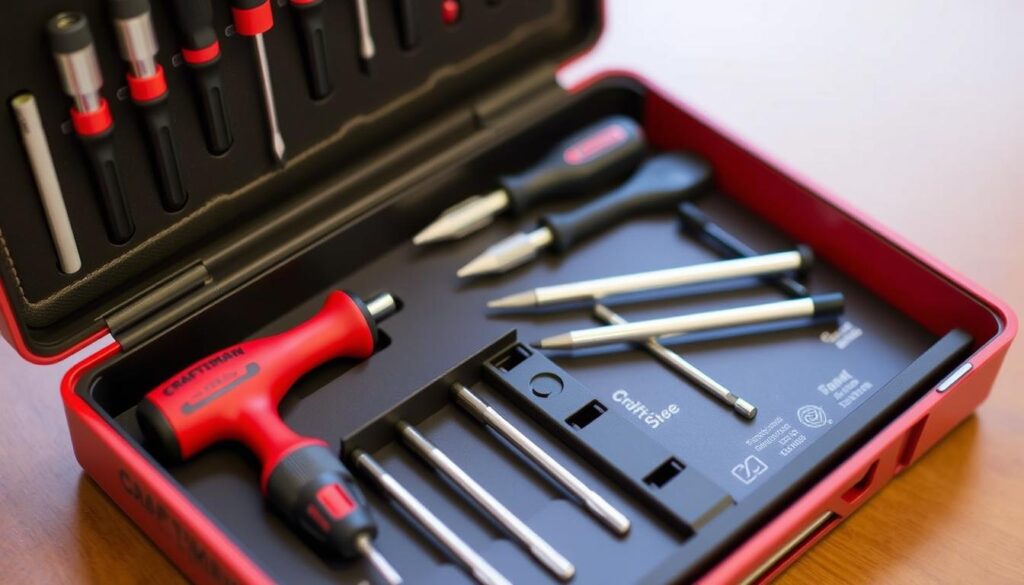
Gearwrench 20-pc Screwdriver Set
The Gearwrench 20-pc Screwdriver Set is a comprehensive solution for homeowners. This set features dual-material handles that provide a comfortable grip and allow for smooth operation. It includes standard, precision, and specialty drivers, making it an excellent value.
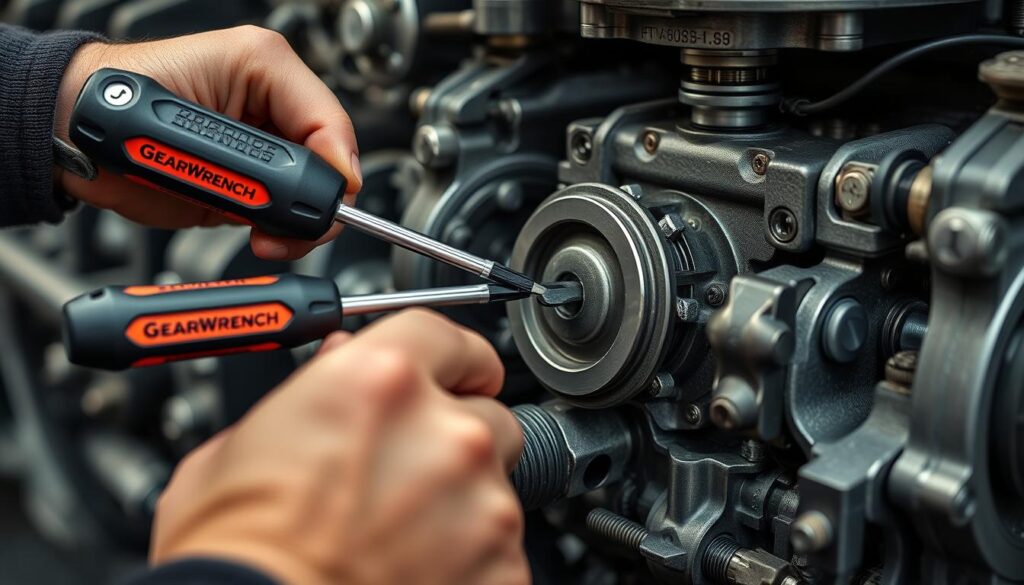
Best Insulated Screwdrivers for Electrical Work
For UK homeowners who frequently work with electrical systems, insulated screwdrivers are a must-have. These specialised tools are designed to protect you from electrical shocks, ensuring your safety while working on electrical equipment.
Klein Tools 6pc 1000V Insulated Screwdriver Set
The Klein Tools 6pc 1000V Insulated Screwdriver Set is a reliable choice for electrical work. This set includes a range of insulated drivers, providing you with the right tool for the job. The tether-ready design and colour-coded visual identifying labels on the handle make it easy to use and store the screwdrivers safely.
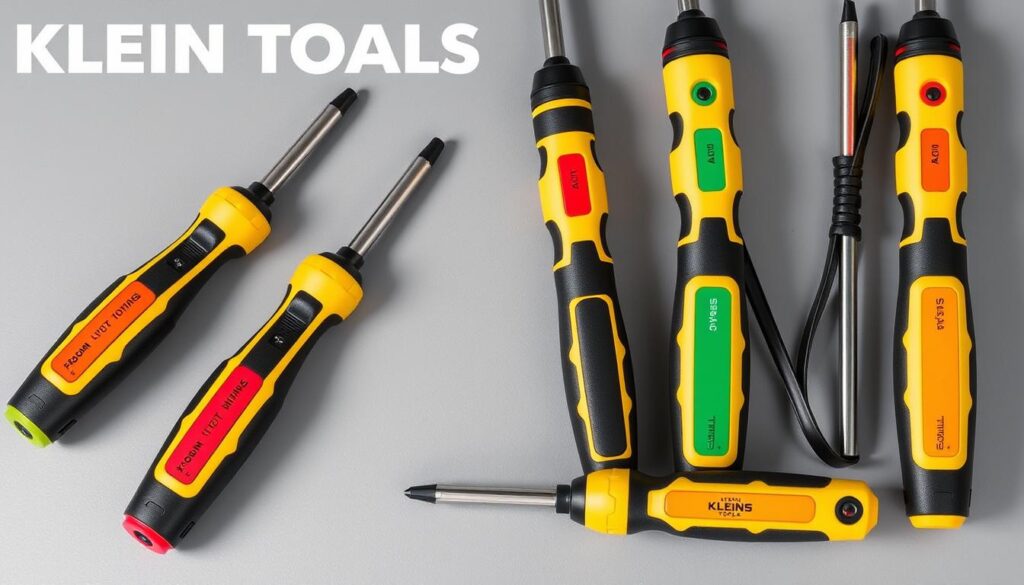
Safety Features to Look for in Insulated Screwdrivers
When selecting insulated screwdrivers, there are several key safety features to look for. Genuine insulated screwdrivers must comply with international safety standards, such as IEC60900, which requires testing to withstand 10,000 volts. Look for dual-layer insulation with a contrasting inner layer, flame-retardant handles, and insulation that extends to the tip of the handle. Additionally, VDE certification provides assurance that the screwdrivers meet rigorous European safety standards for electrical work.
Precision Screwdriver Sets for Electronics and Small Repairs
For electronics enthusiasts and professionals, precision screwdriver sets are indispensable tools. These sets provide the necessary precision and control for delicate operations on small electronics and precision mechanisms.
Klein Tools 32717 Precision Electronics Screwdriver Set
The Klein Tools 32717 Precision Electronics Screwdriver Set is a high-quality tool designed for professionals and serious hobbyists. This set includes a range of precision bits and a durable handle, making it ideal for electronics work.
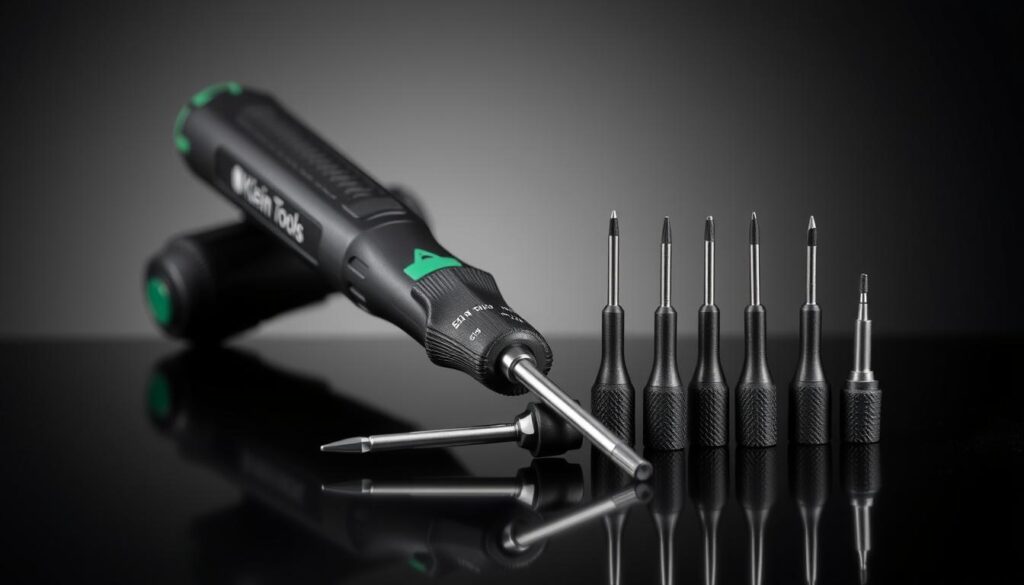
Wiha Precision Screwdriver Sets
Wiha precision screwdriver sets embody German engineering excellence, manufactured to strict ISO standards. Founded in 1939, Wiha is renowned for its innovative hand tools, particularly among electronics technicians and watchmakers.
- Wiha precision screwdriver sets feature optimally sized and shaped handles for excellent control and torque.
- Each bit is made from high-quality chrome vanadium molybdenum steel, hardened throughout for durability.
- While slightly more expensive, Wiha sets offer superior performance and durability, favoured by UK professionals and serious hobbyists.

Multi-Bit and Ratcheting Screwdrivers for Versatility
Multi-bit and ratcheting screwdrivers are game-changers for anyone looking to expand their toolkit. These versatile tools offer a range of benefits, from increased efficiency to improved precision.
Wiha 77791 26-in-1 Ultra Driver
The Wiha 77791 26-in-1 Ultra Driver is a powerhouse of versatility, offering 26 different bits in one convenient tool. This multi-bit screwdriver is perfect for UK homeowners who need a reliable tool for various tasks.
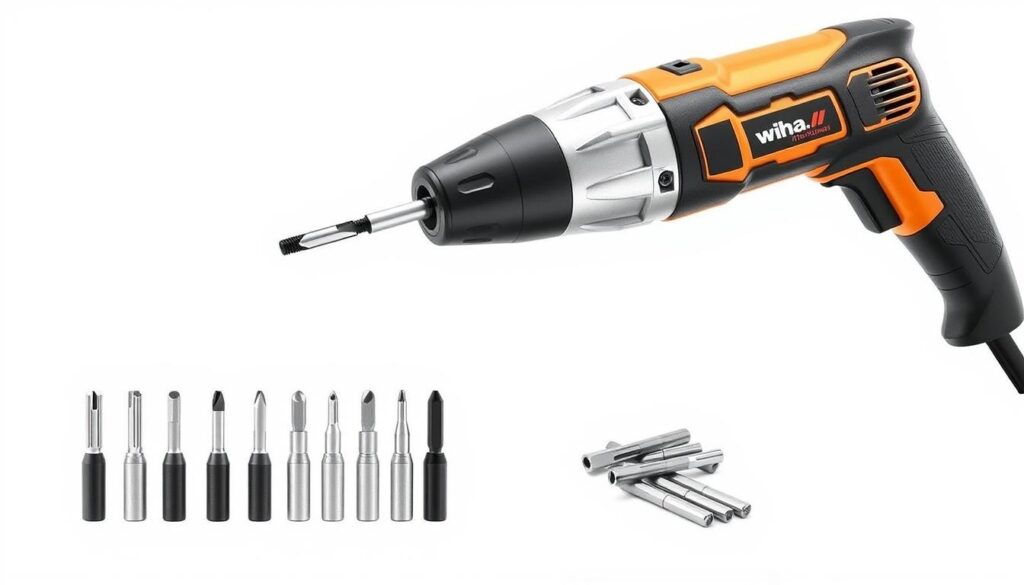
Gearwrench 33pc Ratcheting T-Handle Hex Key Set
The Gearwrench 33pc Ratcheting T-Handle Hex Key Set combines the leverage of a T-handle design with the efficiency of a ratcheting mechanism, making it ideal for tasks such as furniture assembly or bicycle maintenance. Constructed from powder-coated alloy steel, these hex keys resist twisting under significant torque.
- Key Features: Ratcheting mechanism for reduced effort, dual-material handles for excellent grip, and chamfered edges for smooth bit insertion.
- The Gearwrench 33pc set allows for bits to be placed in either the long or short end of the handle, providing flexibility for different applications.
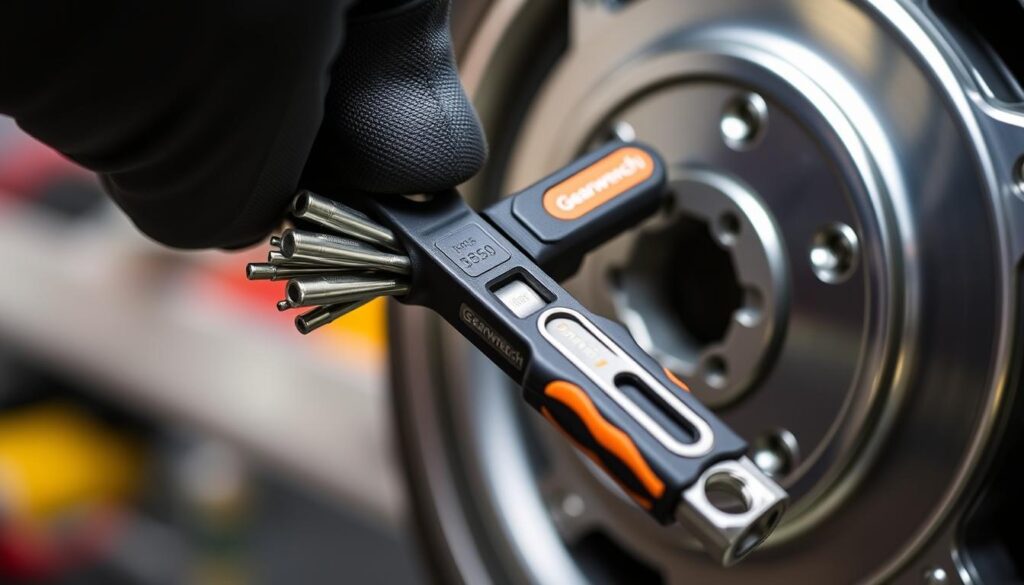
Top Screwdriver Brands in the UK Market
The best screwdriver brands in the UK market are known for their exceptional quality, catering to both professionals and DIY enthusiasts. These brands have established a reputation for producing high-quality screwdrivers that meet the diverse needs of their customers.
German Engineering: Wera and Wiha
German engineering is renowned for its precision and durability, and screwdriver brands like Wera and Wiha are no exception. Wera, in particular, is known for its innovative designs and high-quality materials, making its screwdrivers a favourite among professionals. Wiha also offers a range of screwdrivers that are praised for their ergonomic design and precision tips.
- Wera’s Kraftform screwdrivers are designed for comfort and efficiency.
- Wiha’s precision screwdrivers are ideal for delicate work.
American Reliability: Klein Tools and Craftsman
American brands like Klein Tools and Craftsman have built a reputation for reliability and quality. Klein Tools is particularly known for its insulated screwdrivers, which are a must-have for electricians. Craftsman, on the other hand, offers a wide range of screwdrivers that are appreciated for their durability and affordability.
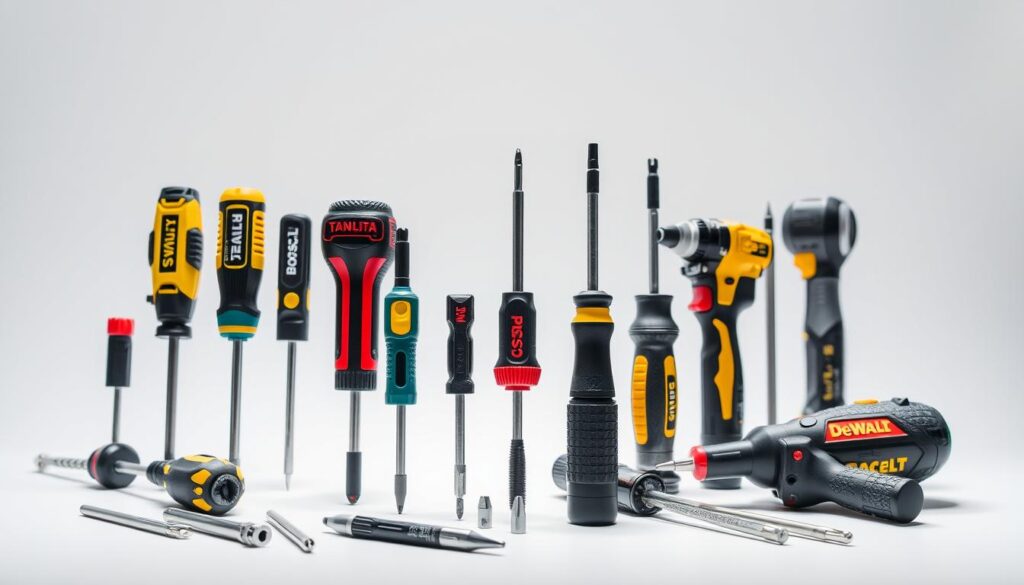
Japanese Precision: Vessel and ANEX
Japanese brands Vessel and ANEX are celebrated for their precision and attention to detail. Vessel screwdrivers are known for their unique handle designs that optimise grip and torque transfer. ANEX specialises in precision-engineered screwdrivers that are popular among electronics technicians and watchmakers.
- Vessel’s “Impacta” series offers impact-resistant tips.
- ANEX screwdrivers are designed for exact fit and finish.
These top screwdriver brands in the UK market offer a range of quality tools that cater to different needs and preferences, ensuring that customers can find the best screwdriver for their specific tasks.
Budget-Friendly Screwdriver Sets That Don’t Compromise Quality
You don’t have to break the bank to get a quality screwdriver set. Many affordable options are available that offer excellent performance without the hefty price tag. When looking for budget-friendly screwdriver sets, it’s essential to consider the quality of the tools, the variety included in the set, and the overall value for money.
Amartisan 10-Piece Magnetic Screwdrivers Set
The Amartisan 10-Piece Magnetic Screwdrivers Set is a great option for those looking for a reliable and affordable screwdriver set. This set includes a variety of magnetic screwdrivers that are perfect for most household tasks. The magnetic tips help prevent screws from falling, making it easier to work on projects.
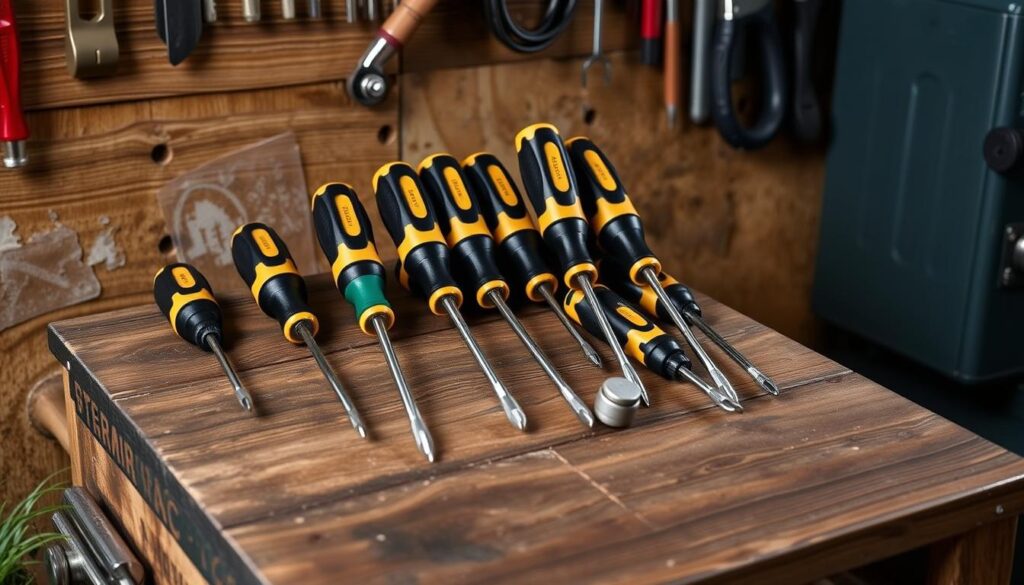
WORKPRO 10-Piece Precision Screwdriver Set
The WORKPRO 10-Piece Precision Screwdriver Set offers exceptional value at around £12, providing UK homeowners with a comprehensive selection of precision tools. This set includes various Phillips, slotted, and Torx sizes, making it suitable for electronics repair, eyeglasses, and other small mechanisms. Each screwdriver features a rotating cap for one-handed operation and precise control.

Both of these sets demonstrate that you can achieve high-quality results without overspending. When shopping for a screwdriver set, consider the types of projects you’ll be working on and choose a set that meets your needs. Whether you’re a DIY enthusiast or a professional, having the right tools can make all the difference in the quality of your work.
Screwdriver Storage and Organisation Solutions
Effective screwdriver storage is crucial for maintaining a clutter-free workspace. You need a system that keeps your tools organised and within easy reach.
Wall-Mounted Options for Workshop Organisation
Wall-mounted storage solutions are ideal for workshop organisation. They help maximise space and keep frequently used screwdrivers accessible. Consider installing a pegboard or a slatwall with hooks and bins to store your screwdrivers. This will help keep your workbench clear and make it easier to find the tool you need.
- Use hooks to hang screwdrivers, keeping them visible and easily accessible.
- Install bins or baskets to store small parts and accessories.
Portable Storage for On-the-Go Repairs
For on-the-go repairs, portable storage solutions are essential. You need a compact and organised way to carry your screwdrivers. Consider using a roll-up pouch or a hard-shell case to store your screwdrivers. These options provide excellent protection and keep your tools organised.
- Roll-up pouches offer space efficiency and protection, with individual pockets to keep screwdrivers separated.
- Hard-shell cases provide superior protection for precision screwdrivers and delicate bits.
By implementing these storage and organisation solutions, you can ensure that your screwdrivers are always within easy reach, saving you time and enhancing your productivity.
Conclusion: Choosing the Right Screwdrivers for Your UK Home
Finding the ideal screwdriver for your UK home requires balancing your needs, usage, and budget constraints. For occasional DIY enthusiasts, a quality mid-range set like the Craftsman 12-piece offers excellent value while providing sufficient durability for most household tasks.
Professional tradespeople or serious hobbyists should consider investing in premium brands like Wera or Wiha, where the superior performance and longevity justify the higher initial cost. If storage space is limited, consider starting with a versatile multi-bit screwdriver like the Wiha 26-in-1 Ultra Driver, then gradually adding specialised tools as specific needs arise.
Remember that even the best screwdriver is only effective when properly maintained. Keep tips clean, handles free of grease, and store tools appropriately to ensure they remain ready for use whenever needed. By choosing the right screwdriver for your home and maintaining it well, you’ll be well-equipped to tackle various DIY tasks with confidence.
FAQ
What type of screwdriver is best suited for general home use?
For general home use, a versatile screwdriver set that includes a variety of bits such as slotted, Phillips, and Torx is ideal. Brands like Wurth and Craftsman offer comprehensive sets that cater to different needs.
What are the benefits of using insulated screwdrivers for electrical work?
Insulated screwdrivers provide protection against electrical shock, making them essential for electrical work. Look for screwdrivers with 1000V insulation, such as those offered by Klein Tools, to ensure safety while working with electrical systems.
How do I choose the right precision screwdriver for electronics and small repairs?
For electronics and small repairs, precision screwdrivers with fine tips and a range of bits are necessary. Consider sets from brands like Wiha and Klein Tools, which offer high-quality precision screwdrivers designed for delicate work.
What features should I look for in a multi-bit screwdriver?
When selecting a multi-bit screwdriver, consider the variety of bits included, the quality of the handle, and the ratcheting mechanism. Wiha’s 26-in-1 Ultra Driver is a great example of a versatile multi-bit screwdriver.
How can I store my screwdrivers effectively?
Effective storage solutions include wall-mounted options for workshop organisation and portable storage cases for on-the-go repairs. Consider investing in a storage system that keeps your screwdrivers organised and within easy reach.
Are budget-friendly screwdriver sets a good value?
Yes, budget-friendly screwdriver sets from brands like Amartisan and WORKPRO can offer good quality at an affordable price. However, be sure to check the materials and construction to ensure they meet your needs.
What are the advantages of ratcheting screwdrivers?
Ratcheting screwdrivers provide increased versatility and ease of use, allowing for efficient driving of screws in tight spaces. Gearwrench’s ratcheting T-handle hex key set is a great example of a high-quality ratcheting screwdriver.
